Writing Teaching Resources
Teaching writing strategies and the writing process this school year? Explore a comprehensive collection of teacher resources for primary English teachers — all created by teachers!
Stocked with graphic organisers, writing prompts, templates, worksheets and so much more, this collection of printable and digital activities is designed to help you as you help your students become more effective communicators and unleash their creativity and imagination.
Save time on lesson planning with resources that are aligned with the Australian curriculum (including version 9!) and have been through a careful review process by an expert member of our teacher team to ensure they're ready for your classroom and your students!
Are you looking for tips and tricks to add to your teacher toolkit this school year? Read on for a primer from our teacher team, including engaging activities for teaching writing inprimary school and a look at some of the different writing strategies your students will need to learn.
11 Writing Strategies Kids Should Know by the End of Primary School
We can't talk about teaching kids to write without talking about the different writing strategies that can help them do just that!
When it comes to teaching our students to become confident writers who articulate their ideas effectively, here are some of the strategies our teacher team prioritises:
1. Brainstorming
Brainstorming is something we often do in the classroom, and it's a crucial part of learning to generate the ideas that will drive students' writing as they progress through their educational journey. Kids should know how to create a list of potential topics or points related to a particular writing assignment.
With younger students, this is often done as a whole group by writing ideas and points on chart paper. In upper years, students transition over to using text-based materials to generate ideas and talking points.
2. Outlining
Before diving directly into any assignment, our students should be able to create a structured framework or outline. Teaching students how to create this outline will help them organise their thoughts and arguments for penning their essays, reports and research papers.

3. Using Graphic Organisers
Technically graphic organisers are classroom tools, so you may not think of their use as a writing strategy per se. However, learning to use these tools is another means of providing kids with the tools they need to organize their ideas and information before they sit down to write.
These organisers are particularly useful for expository writing — students can use them to outline main ideas, supporting details, and transitions.
Students can also take advantage of story maps when they are working on narrative writing to plot the key elements of a story, such as characters, setting, conflict, rising action, climax and resolution.
Graphic organisers such as the OREO strategy and hamburger paragraph are also great tools for students to use when working with opinion and persuasive texts.
4. Freewriting
Writer's block is the enemy of creativity, and it can easily frustrate young students who don't know where to begin.
When students freewrite, they write continuously without worrying about grammar or punctuation. This writing strategy can be extremely freeing — hence the name! — and helps frustrated writers move past that writer's block, generating fresh ideas.

5. Peer Editing
Learning to review and provide constructive feedback on each other's work is a great writing strategy to employ in your classroom to help students improve their writing quality and enhance their editing skills.
The strategy allows your students to learn from one another, and it arms them with an important tool they can use well into the future — calling on peers to provide a critical eye to a piece of writing.
6. Using Sensory Language
Working on descriptive writing? With this writing strategy, students engage the reader's senses through vivid and sensory language to create a more immersive experience.
7. Including Transitions and Connectives
As students become more proficient in the writing process, learning to use transitional words and phrases allows them to create smooth transitions between sentences and paragraphs. This strategy makes their writing more coherent and polished.
8. Incorporating Evidence
In persuasive, opinion and expository writing, students are taught to support their claims with evidence and examples to strengthen their arguments.
It takes some practice to train your students to use evidence in their writing, so it's often a good idea to start with something simple, like the R.A.C.E.S. strategy.
9. Crafting a Thesis Statement
In expository, opinion and persuasive writing, crafting clear and concise thesis statements that summarise the main point or argument of their essay helps students be more focused and organised in their writing.
This strategy can also have the effect of empowering students to express their ideas confidently and persuasively.
10. Incorporating Introductions and Conclusions
With this strategy, students practice crafting effective introductions and conclusions that grab the reader's attention and leave a lasting impression.
11. Following a Revision Checklist
Teaching your students to use a revision checklist is a strategy that will help them be more self-reflective, evaluating their own writing against the checklist criteria and becoming more aware of their strengths and weaknesses.

- Plus Plan

Adjectives and the Senses – Worksheet
A sorting worksheet where students organise adjectives into the most appropriate sense.
- Plus Plan
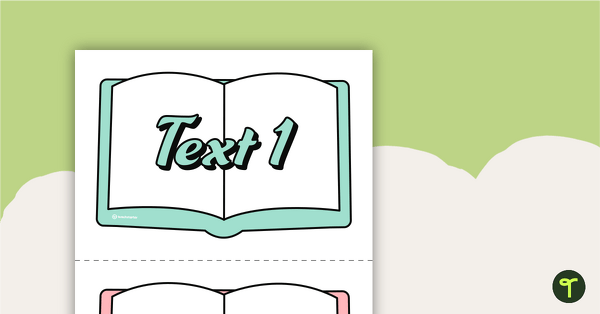
Narrative Writing Bump It Up Wall – Year 5
A visual display for your classroom to help students ‘bump up’ their narrative writing.
- Free Plan
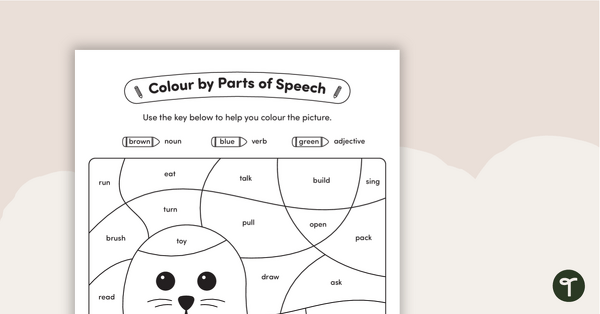
Colour by Parts of Speech - Nouns, Verbs & Adjectives - Seal
Review parts of speech by colouring nouns, verbs and adjectives on the seal.
- Plus Plan
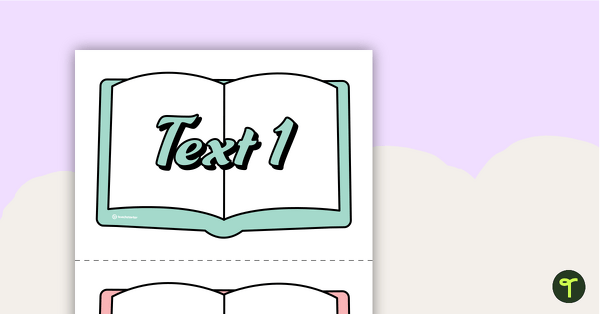
Narrative Writing Bump It Up Wall – Year 2
A visual display for your classroom to help students ‘bump up’ their narrative writing.
- Free Plan
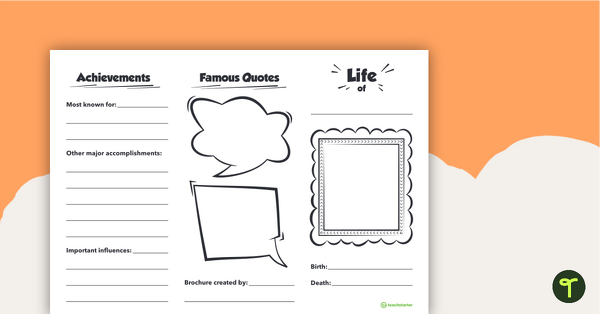
Biography Brochure Template
A brochure template to use when writing biographies.
- Plus Plan
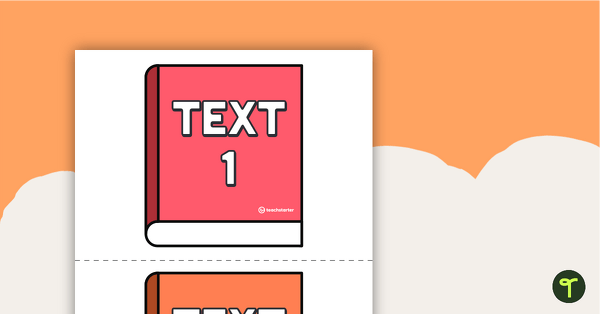
Persuasive Writing Bump It Up Wall – Year 2
A visual display for your classroom to help students ‘bump up’ their persuasive writing.
- Free Plan
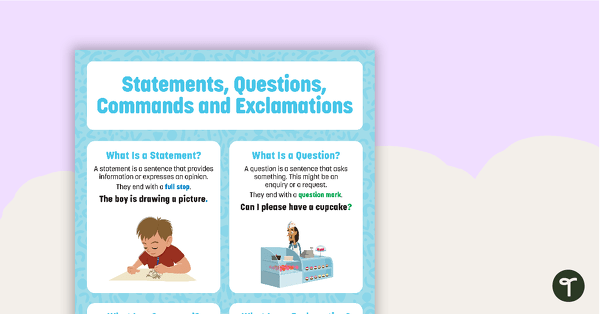
Statement, Question, Command, Exclamation – Poster
An educational poster that introduces the attributes of statements, questions, commands and exclamations.
- Free Plan

Statement, Question, Command, Explanation – Match Up Cards
A set of 32 match up cards to use when teaching younger students about the four types of sentences.
- Plus Plan

How to Make a Paper Plane – Procedural Writing Worksheet
Explore how to make a paper plane while your students fine-tune their procedural writing skills.
- Plus Plan
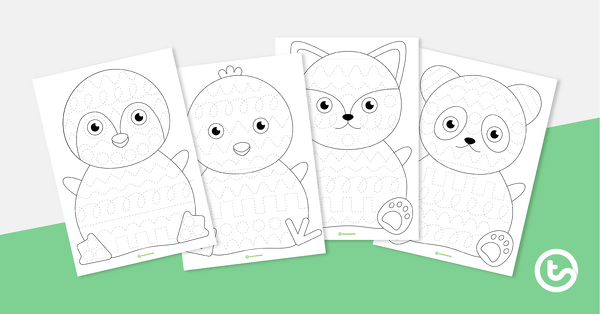
Pre-Writing Pencil Control Tracing Sheets
A set of four animal-themed pre-writing tracing worksheets.
- Plus Plan
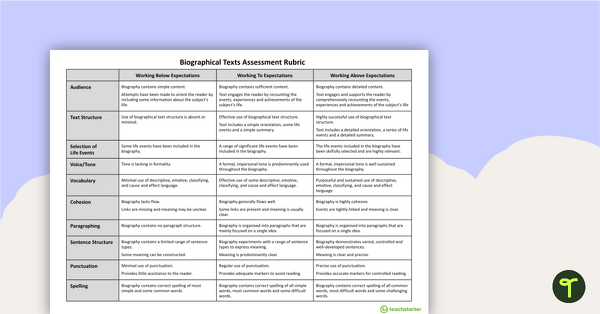
NAPLAN-Style Assessment Rubric – Biographical Texts
Use this NAPLAN-style rubric to assess students’ biography writing as you prepare students for Year 5 tests.
- Plus Plan
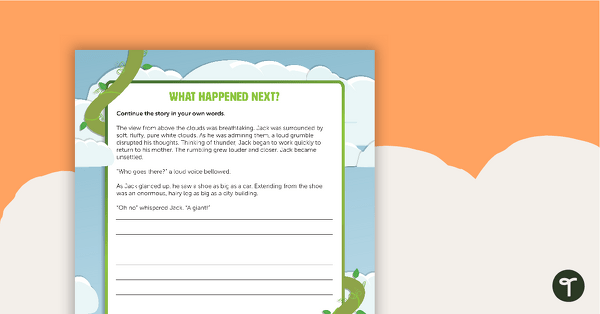
What Happened Next? Jack and the Beanstalk Writing Template
Finish the Jack and the Beanstalk story in your own words.
- Plus Plan
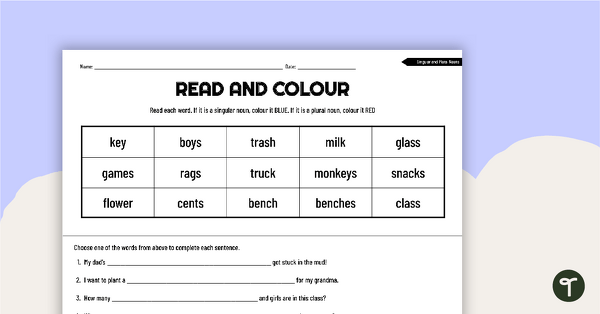
Read and Colour Worksheet – Singular and Plural Nouns
A worksheet to practise identifying singular and plural nouns.
- Plus Plan
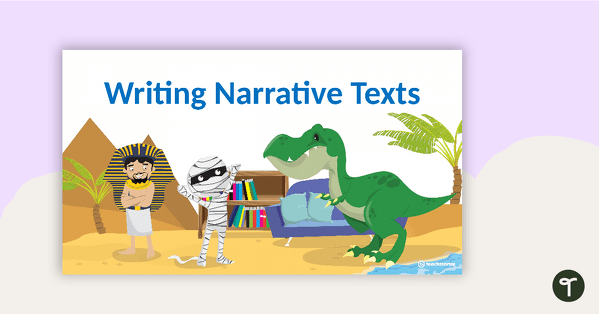
Writing Narrative Texts PowerPoint - Year 5 and Year 6
A 20 slide editable PowerPoint template to use when teaching your students about the structure and language features of narrative texts.
- Plus Plan
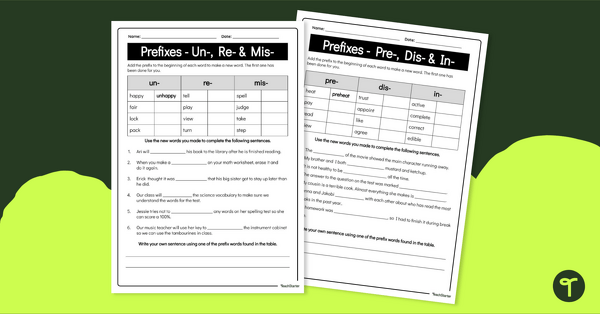
Using Words with Prefixes - Worksheet Pack
Practise using the prefixes Un-, Re-, Mis-, Pre-, Dis-, and In- with a pair of printable prefix worksheets.
- Plus Plan
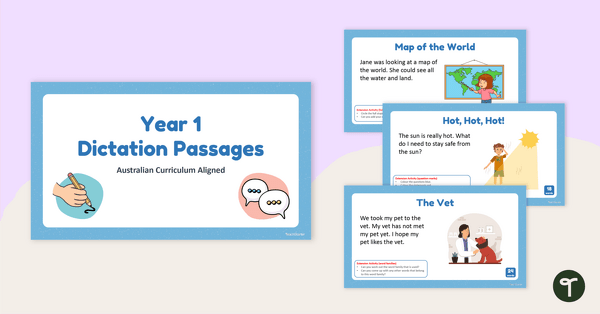
Year 1 Dictation Passages PowerPoint
Use this set of Year 1 dictation passages to promote listening and transcription skills in your students.
- Plus Plan
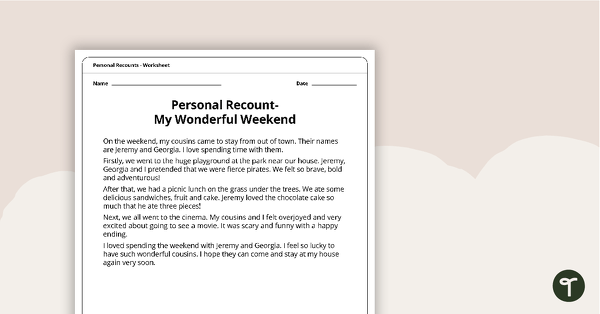
Personal Recounts Worksheet - My Wonderful Weekend
A simple text and worksheet to use when exploring personal recounts.
- Plus Plan
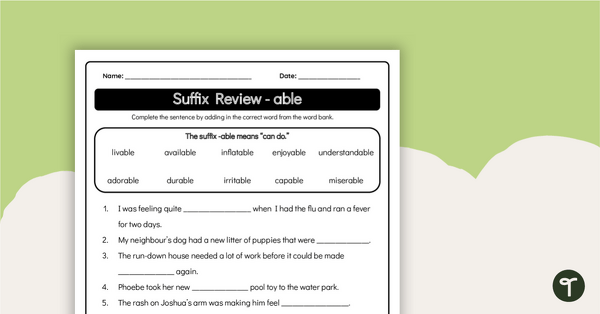
Suffix -Able - Grammar Worksheet
Transform your students’ vocabulary skills with our skill-building English worksheets, featuring the powerful “-able” suffix
- Plus Plan
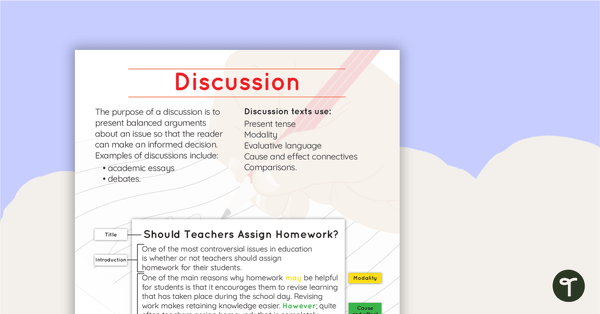
Discussion Text Type Poster With Annotations
A poster about discussions, including an annotated example.
- Plus Plan
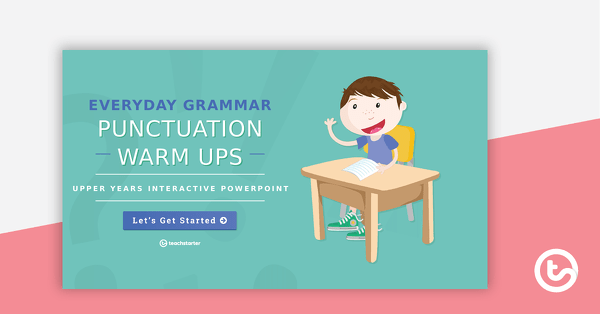
Everyday Grammar Punctuation Warm Ups - Upper Years Interactive PowerPoint
An engaging 44 slide interactive PowerPoint to use in the upper years classroom when learning about grammar and punctuation.
- Plus Plan
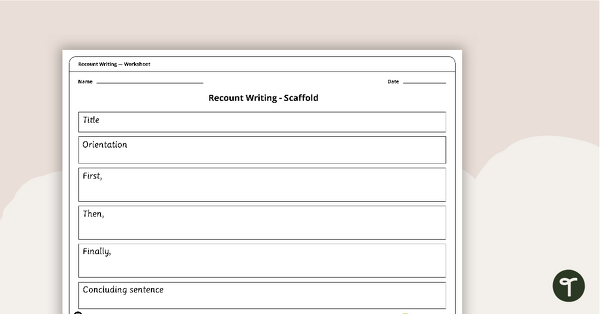
Simple Recounts - Writing Scaffold
A simple scaffolding worksheet to use when writing a recount.
- Plus Plan
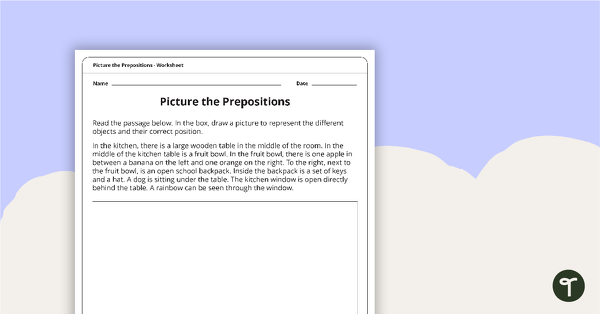
Picture the Preposition Worksheet
A worksheet that explores prepositions through reading, interpreting and drawing.
- Plus Plan
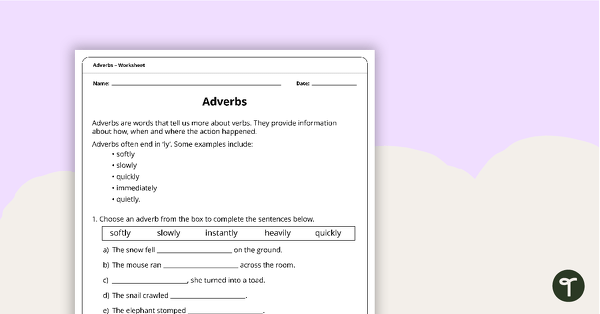
Adverbs Worksheet
A 2 page worksheet that explores the use of adverbs.
- Plus Plan
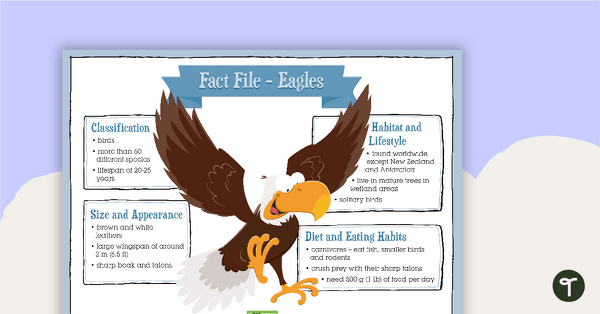
Eagles Fact File and Report Writing Scaffold
Support your students in writing an information report about eagles with this fact file and writing scaffold.
- Plus Plan
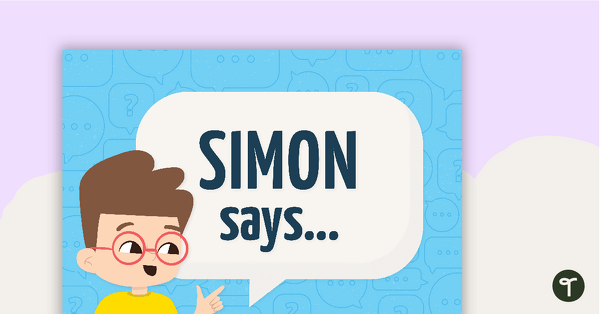
"Simon Says" Instruction Cards
A set of 24 instruction cards to use when playing "Simon Says".
- Plus Plan
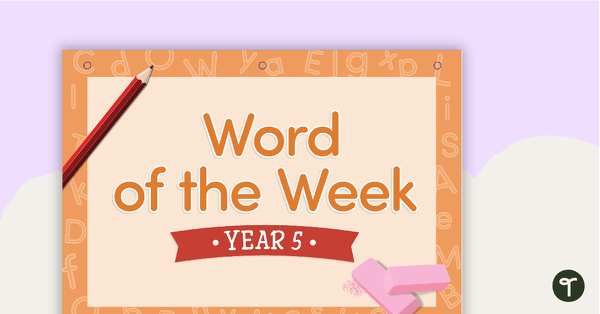
Word of the Week Flip Book - Year 5
A 43 page flip book for introducing new vocabulary to year 5 students.
- Plus Plan
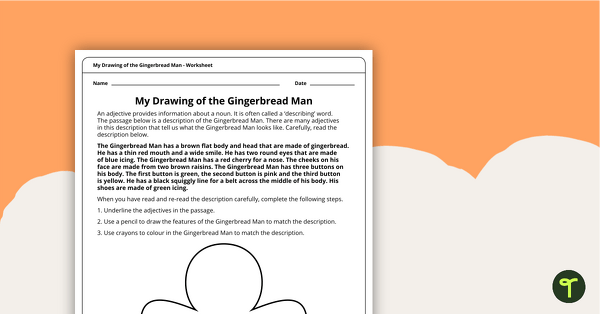
My Drawing of the Gingerbread Man Worksheet
An engaging worksheet in the theme of the Gingerbread Man that explores the use of adjectives through drawing.
- Plus Plan
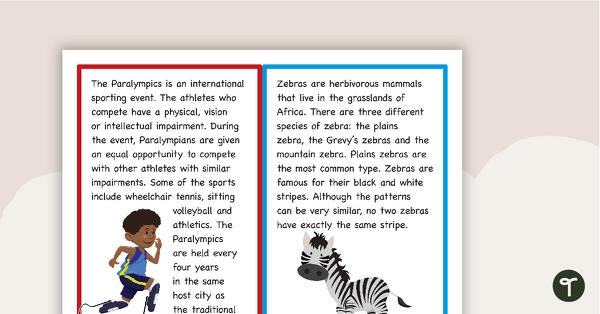
Informative Paragraphs Sequencing Activity
Teach your students about information report paragraph structure with this hands-on sequencing activity.
- Plus Plan
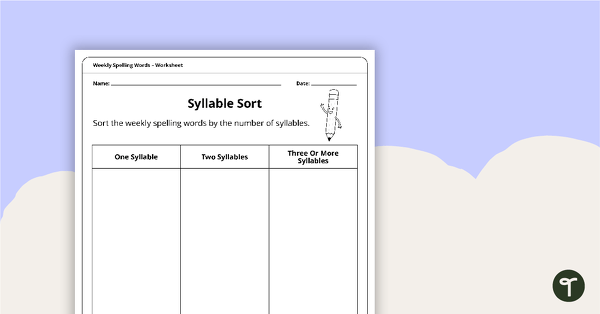
Generic Spelling Activity Worksheet Pack
A set of 6 generic spelling activity worksheets that can be used with any spelling list.
- Plus Plan
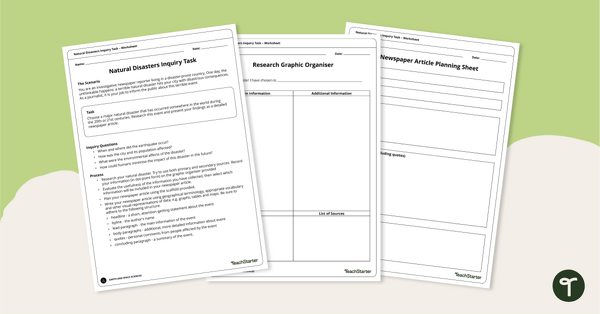
Natural Disasters Inquiry Task - Newspaper Report
Use our 3-page graphic organiser to research and report on a significant natural disaster from the last 100 years.
- Plus Plan
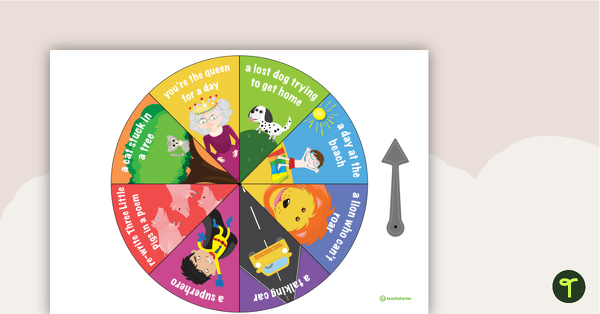
Narrative Writing Prompt Spinners
5 writing wheels which provide stimulus ideas for imaginative writing.
- Plus Plan
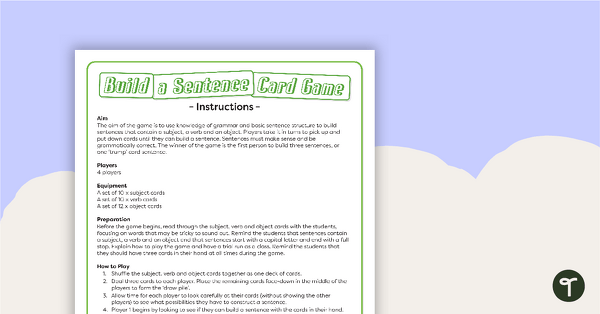
Build a Sentence Card Game
A fun and engaging card game that focuses on building simple sentences that include a subject, verb and object.
- Writing Worksheets
- Writing Templates
- Writing Games
- Writing Posters
- Writing Teaching Presentations
- Writing Labels, Signs & Decorations
- Writing Word Walls
- Writing Projects
- Writing for Preschool/Kindergarten
- Writing for Foundation Year
- Writing for Year 1
- Writing for Year 2
- Writing for Year 3
- Writing for Year 4
- Writing for Year 5
- Writing for Year 6
- Writing for Year 7